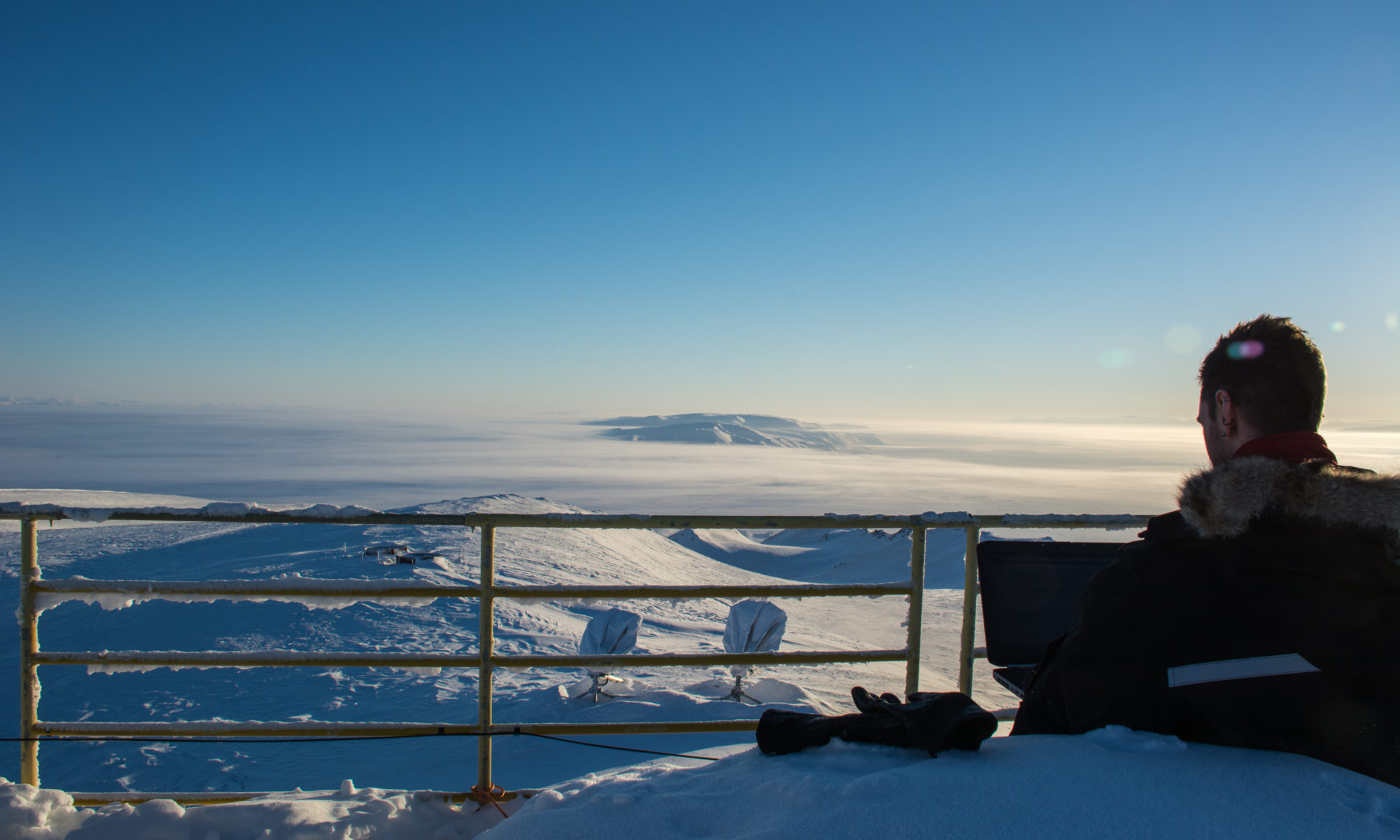PEARL is saved!
For the moment, anyways.
Yesterday, the government announced it will support science and operations at PEARL, Canada’s high Arctic atmospheric research facility, until fall 2019. That is great news.
Canadians and scientists spoke out. Politicians responded. Science advocacy works.
What’s next? Is this ‘mission accomplished’?
No. Not at all. This is only a first step.
The announced support is “bridge funding,” meaning that it is temporary and short-term. It solves an immediate problem: PEARL was preparing to shut down due to a rapidly approaching end-of-funding horizon in a few months. Many long-term datasets and projects studying how the atmosphere works and how it is changing were at risk. This new funding ensures those measurements will continue. For a while.
What’s on the other end of the bridge?
At the moment, nothing. We’re poised for another funding crisis in 2019. Just like 2017. And 2012. And 2002*. Will I find myself leading another march for science, asking the government to fund PEARL again in a couple years? (I discussed this in a recent Story Collider event: script here.)
This temporary funding for PEARL is necessary because the Trudeau government decided not to continue or replace the existing formal funding mechanism, the Canadian Climate and Atmospheric Research (CCAR) program. CCAR supported several major research projects, one of which was PEARL. CCAR was evaluated by NSERC a year ago (online report & infographic), which recommended continued funding because it provided unique and much-needed support for Canadian scientists. It even noted PEARL wouldn’t exist without CCAR – it “saved PEARL” in 2013. But no money was allocated to continue CCAR in the spring budget, creating a crisis in Canadian climate science funding. Other affected projects are still without a clear path forward.
Minister of Science Kirsty Duncan was quoted by the CBC saying:
“Climate change research and the Arctic are far too important and they deserve more than one-off efforts. They deserve a comprehensive, thoughtful, approach.”
She is absolutely right. But what we have at the moment is another one-off effort. What we need next is the comprehensive, thoughtful approach.
CCAR wasn’t perfect. It only had one scale of project funding and was designed to accept proposals only once every five years. The funds had limitations, e.g. PEARL couldn’t pay for electricity using CCAR grant money. And clearly the CCAR structure wasn’t immune from political winds. It existed briefly, to pick up the pieces after an earlier, larger funding program was left to crumble by the Harper government, only to be ended by the Trudeau government. This hardly seems to have been a stable, long-term platform for supporting climate science.
Canada can do better.
We could create a foundation to administer climate and atmospheric research funding. It could be set up at arms-length from the government with an eye on the long-term nature of the issues. It should offer support for research at multiple scales, and have regular calls for new proposals. This was done before, in the early 2000s. It was called the Canadian Foundation for Climate and Atmospheric Sciences (CFCAS), and was ended in 2011 by the Harper government. This precipitated PEARL’s 2012 funding crisis.
CFCAS was a good model that could be used as inspiration for this government’s own solution. Its annual reports are still available online, and outline the enormous impact it had in ensuring that Canada was a leader in atmospheric and climate science – exactly the outcome yesterday’s press release identifies as the big picture goal.
Emergency last-minute funding squeezed out of somewhere is not the way Canada should support important science. We need stable, long-term funding for climate and atmospheric research, guided by a vision for Canadian science and environmental stewardship.
Our next step, as scientists, citizens, and science advocates, should be to push Canada to create a plan to secure Canadian climate and atmospheric science expertise and leadership for the long-term.
* The PEARL Ridge Lab was originally constructed in 1992 by Environment Canada to monitor stratospheric ozone depletion under the name Arctic Stratospheric Observatory, or AStrO. Due to cuts to research funding, AStrO closed in 2002. See, for example, EC’s old webpage on AStrO. It took a few years for Canadian academics to re-open the facility as PEARL. It was significantly expanded under the leadership of Prof. Jim Drummond.

